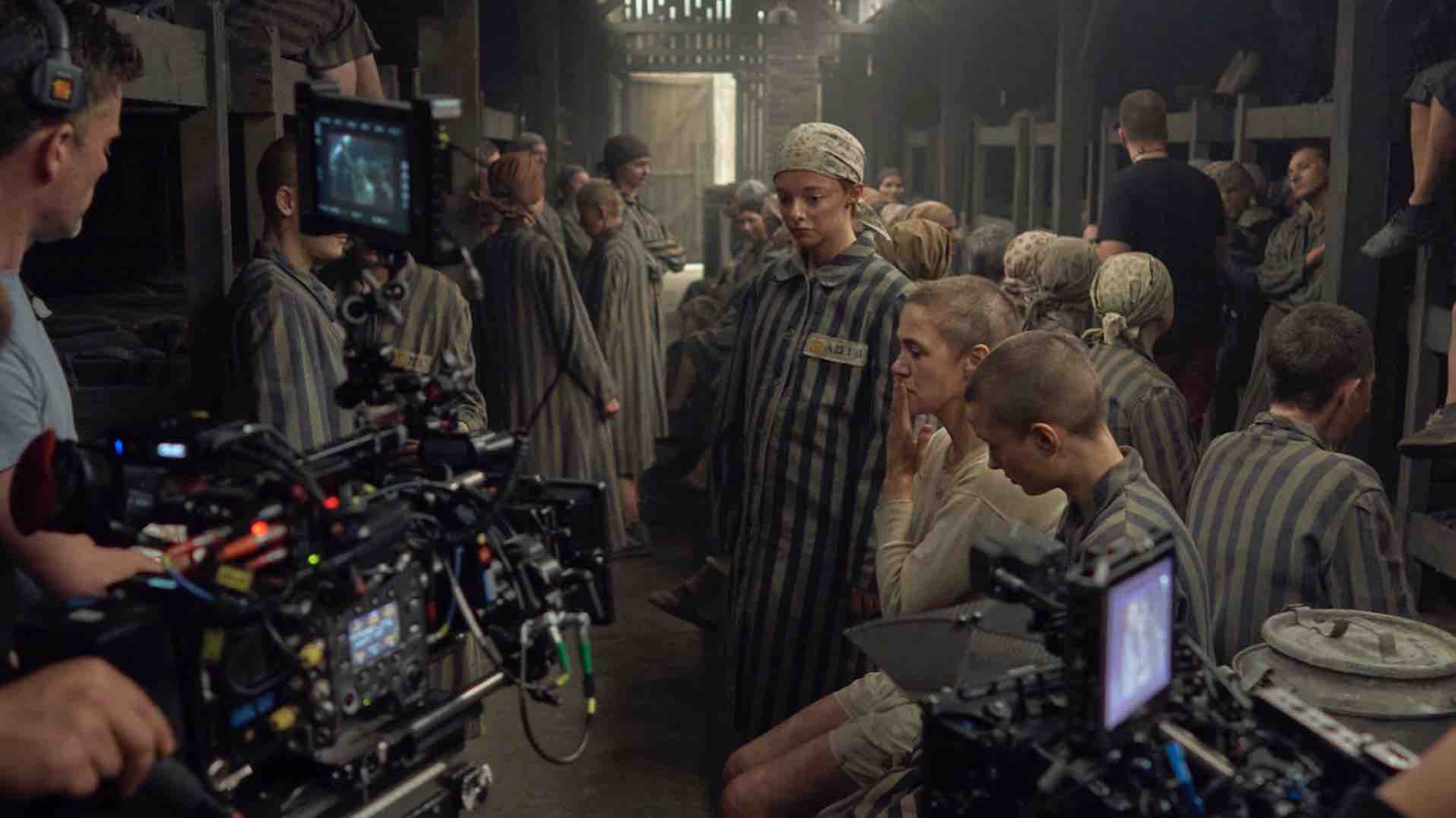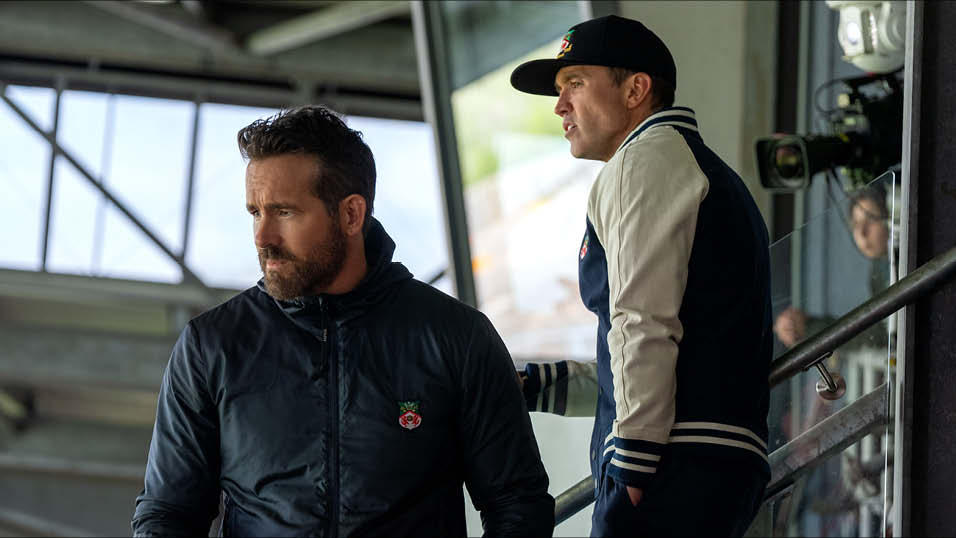Interview with Tali Shalom-Ezer, director and co-executive producer of The Tattooist of Auschwitz
The drama is produced through Synchronicity Films, in association with Sky Studios and All3Media International. It airs on Sky from 2nd May.
What was your initial reaction when approached to direct The Tattooist of Auschwitz?
I felt an immediate, strong connection to the story, and like many involved in the production, I have family and friends with direct experience of the holocaust. At the same time, I had this fear of how to tell a story about something I have never personally experienced and will never understand fully. My approach was therefore to respect the story. We all know that Auschwitz was hell on earth, and yet Lali fell in love there. That was incredible to me. Lali’s memories of his time in Auschwitz were my guiding light; I tried to get as close as possible to his emotions and to express them on screen.
Are there themes in the series that weren’t as prominent in the book?
The feeling of guilt wasn’t as prominent in the book as in the series. Lali was not a regular prisoner –
he was a tattooist with the rights that the position implied. He felt guilty about being, in some way, part of the Nazi system, and we try to highlight that. Gita’s point of view wasn’t represented in Heather Morris’s book, but we felt it was important to understand her experience and so we made space in the series to imagine what Lali knew of Gita’s time at Auschwitz, and how she felt about Lali.
What was the most challenging aspect of taking the story from book to screen?
Every single aspect of this production was challenging. Every scene that we shot included the key cast alongside hundreds of supporting artists and hundreds of crew members, so perhaps one of the biggest challenges for me was telling an intimate love story on such a huge scale. Finding the right tone for the story was a challenge; it was a very collaborative job, with so many voices and thoughts. Some people found certain scenes almost unbearable to watch. We had to constantly ask ourselves if a scene was too light or if we were being respectful enough.
Was there a particular scene in the series that you struggled with?
For me personally, it was shooting the death march. It was freezing cold. I was able to wear my big coat and stand close to a heater, while the supporting artists had to perform in the cold. They had to look as though they had been in a concentration camp: naked, cold, crying. Humiliated by the guards. I was grateful for their commitment to the show and honouring the integrity of storytelling.
What kind of research did you do to ensure scenes like the death march were accurate?
We read books, watched documentaries, visited Auschwitz several times, and read testimonies by Holocaust survivors. In one of them, a woman said that she was sure Auschwitz was an asylum when she arrived because the prisoners were behaving like psychiatric patients. They were dehumanised. Their souls were broken. We were very lucky to have Naomi Gryn onboard as our historical and cultural consultant. Claire [Mundell, executive producer] set up a system so that everyone was able to direct questions to Naomi, who would then come back with a detailed response having consulted with multiple sources.
How closely did you work with cinematographer David Katznelson to create the visual language of the series? Incredibly closely; I was never by myself because David was always with me to imagine the story together. We have very similar taste; we love to watch Eastern European movies. As I’ve said, many of cast and crew had a personal connection to the story. For a lot of them, it was their grandparents who had experienced or been killed in a prison camp, but David’s father is a Holocaust survivor. It was very significant because David’s father had told him so many stories and he was able to share those with us.
Can you tell us about the key cast members?
Harvey Keitel is a true artist. He was so passionate and eager. He was searching for something new in each scene, which was inspirational. We were very lucky to get someone as talented as Melanie Lynskey to play Heather; she had to do so many scenes in which she is just listening to Lali’s story and she delivers such a powerful performance in doing so. Jonah Hauer-King might be one of the kindest people I’ve ever met. Playing Lali wasn’t easy; he was doing [a regulated] fast a lot of the time, but he was always relaxed, calm and professional. Anna Próchniak is a dancer, a ballerina and so there’s something very expressive about the way she moves. She wasn’t afraid of going into scenes in the deepest way possible, even if it made her feel uncomfortable. It was a joy to work with her. Jonas Nay is a brilliant performer. I’ve never seen such a contrast between an actor and the character he’s playing. He’s a sensitive person and I’m grateful that he agreed to go on this journey with us.
What do you hope audiences will take away from watching The Tattooist of Auschwitz?
To be able to see light – and love – in the darkest time in history. We are experiencing very dark times again now, so I hope the show will inspire the audience to believe in love.
The shoot lasted 84 days
The production involved over 5000 supporting artists (based on overall catering figures across the shoot)
The VFX were overseen by Alan Church (VFX Producer) and Simon Giles (VFX Supervisor) using teams from Union VFX and Untold Studios
300 crew were employed, with an average of 191 on set each day.
Pippa Considine
Share this story

















